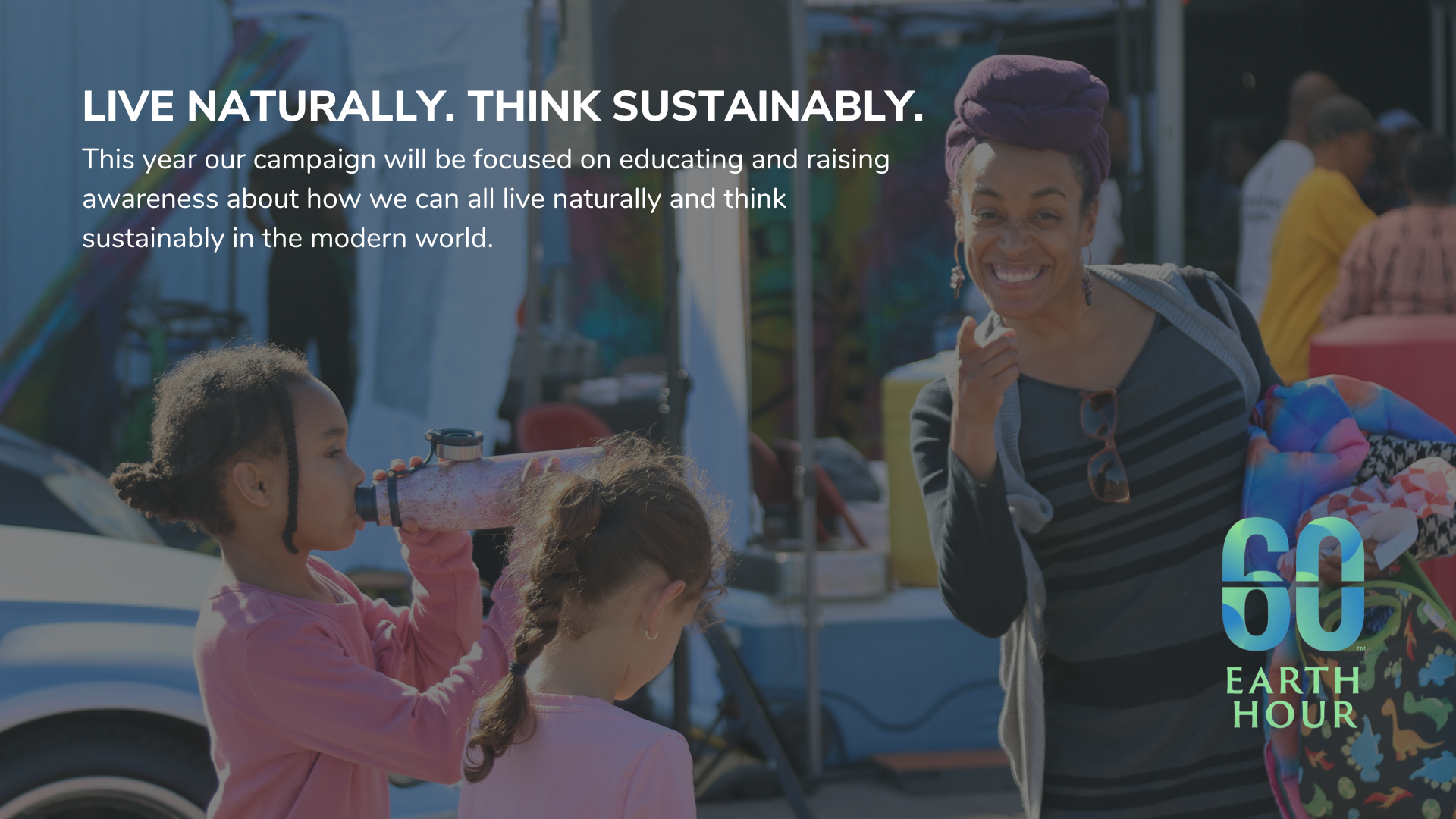Shale exploration and production (E&P) companies are already a diverse group (several thousand E&P companies are believed to be operational in the US alone) and could therefore theoretically present a considerable credit exposure for banks and credit insurers supporting them. While the range of entities represents an opportunity for CPR underwriters, the scale, balance sheet strength, cash flow stability and asset concentration of many of these medium-sized businesses are typically challenging.
 Moving earth: A hydraulic fracking operation at Marcelles Shale Well. *Public domain photo
Moving earth: A hydraulic fracking operation at Marcelles Shale Well. *Public domain photo
The pure credit risk of smaller E&P players is therefore often unattractive, particularly when commodity price and exploration failure risks are factored in. Significant downside risk exists until the technical assumptions of new resources are validated, practical extraction challenges are overcome and consistent production is established. Although vast areas of shale resource, particularly in the US, are now well understood, poor recovery rates continue even in established locations such as Barnett Shale in the US.
Commodity price risk
Commodity price risk is also of fundamental importance in such credit evaluations. Although exceptional winter weather has prompted a recent price rebound, the broader trend is a significant decline in US wholesale gas prices due to the supply glut and the export constraints rendering the US a partially-sealed marketplace.
In 2013, prices reached lows equivalent to those in the mid-1970s. The opportunity for CPR therefore lies in supporting those E&P companies with appropriate geographical, geological and preferably resource diversity, a sustainable balance between production and exploration assets, and a capital structure capable of withstanding poor recovery rates and/or a sustained price shock.
The significant capital expenditure required to develop the transportation and storage infrastructure associated with new energy resources offers another opportunity. In the US, progress on export terminals has been tentative to date.
In addition to the project risk common with any such investment, political factors have also played a part. Shale gas's role in reducing prices and stimulating the domestic US industry has produced substantial opposition to liberalizing gas exports. Nevertheless, the first export terminal — Sabine Pass in Louisiana — is due to start operations in 2015. Worldwide, liquefaction and regasification infrastructure projects are growing in number and scale, and significant opportunities exist for CPR to support those schemes.
Commodity traders are another of CPR's key client groups whose activities will inevitably be impacted by shale developments. Traders have expanded significantly over the past two decades, capitalizing on dislocations between markets and operating in a more nimble and less conservative manner than traditional oil majors and national oil companies (NOCs).
The market disruption on which traders have thrived can be expected to be further encouraged by shale, given the relatively mobile and replicable technology on which it relies and the new, relatively small-scale producers which are expected to emerge. Here, too, there are significant opportunities for CPR to support the resultant trade flows.
While various such commercial opportunities present themselves in the short-term, the longer-term structural implications are also fundamentally important to CPR's business, especially given the long policy tenors of the class.
There are clear political and economic incentives for countries to switch from oil dependence to a more balanced oil/gas mix.
Global gas distribution networks do not currently match those for oil, but gas transportation technology continues to advance and unlock new markets.
Some analysts now even foresee a realignment in the distribution of natural resources, with the pendulum swinging back from developing economies towards the OECD nations as other western states follow the US lead.
In the most extreme forecasts, even the seemingly permanent balance of payments gap between the US and China could be reversed as energy imports to the latter balloon while the former consolidates its production gains. The demand/ supply dynamic is clearly not a zero sum game, and all such forecasts are fraught with difficulties, but the potential consequences are immense.
Daniel Byrne is assistant underwriter, Credit & Political Risk, for Aspen Insurance.




